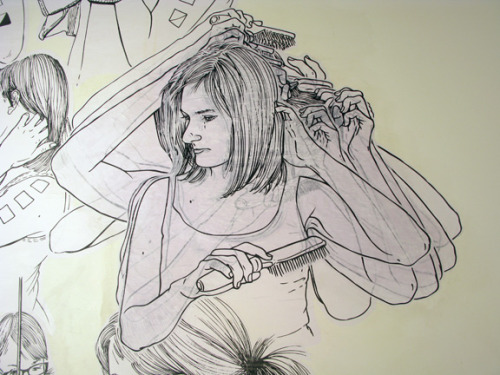
Congrats to arts-and-politics mag Fuse on reaching its goal of raising $10,000 by December 1. The funds are to be used to make up for federal government cuts to small-circulation magazines. (Small-circulation is defined as a circulation of less than 5,000.)
The December 1 goal is just part of the effort at Fuse, though; the magazine hopes to raise $40,000 in total by March in order to cover the cuts. Donations of all denominations are being accepted, and you can donate here if you'd like.
One of the interesting things to come out of this funding drive is the notion that Fuse is using it to re-evaluate its approach. The magazine is now putting more content on its website and becoming more engaged in social media. From their post "We're in this together":
Fuse is a work in progress! This moment has provided an opportunity for us to rethink what the magazine has been doing, increase community engagement and consider the different forms our editorial content can take. By consulting with you, we are bringing more people into the organization to help rethink, re-imagine and re-create what Fuse is and can be.
...
We are part of an industry that is changing, and we are excited to explore the ways that Fuse, too, is changing: to reach more people, and to engage in a more meaningful and long term way with diverse communities. Our intention is to intensify the amount of free online content that we provide while maintaining a print presence.
To help us steer the organization into the future, we have mobilized a steering committee for the organization. Franco Boni, Deirdre Logue, Rebecca McGowan, Christopher Regimbal, Kristian Clarke, Jessica Shepherd, June Pak, Syrus Marcus Ware, Izida Zorde, Denise Macharacek, Michelle Jacques and Srimoyee Mitra are working to put these ideas in motion and make Fuse magazine relevant, readable and revolutionary. And this list of people is growing.
I, for one, feel for the many small magazines whose federal funding has been cut by these measures. As has been pointed out elsewhere since the cuts were announced almost two years ago, many of these smaller magazines have helped nurture writers that went on to greater fame in the market and elsewhere. Also, this same requirement around circulation is, interestingly, not made of book publishers as far as I know. In Canadian book publishing, it's rare to sell more than 2,500 to 5,000 copies of a given title.
I also think that Fuse in particular offers an outlet for points of view not typically expressed in the "mainstream" art press. So I'm excited to see their success with this first fundraising goal, as well as a renewed push to reach out online. If you're interested in finding out more, I recommend reading Art Gallery of Ontario curator Michelle Jacques' letter of support.
(Image of a past issue of Fuse from Praxis Theatre Blog)











